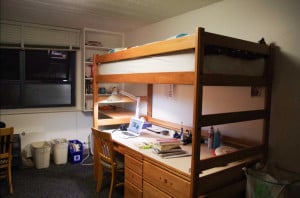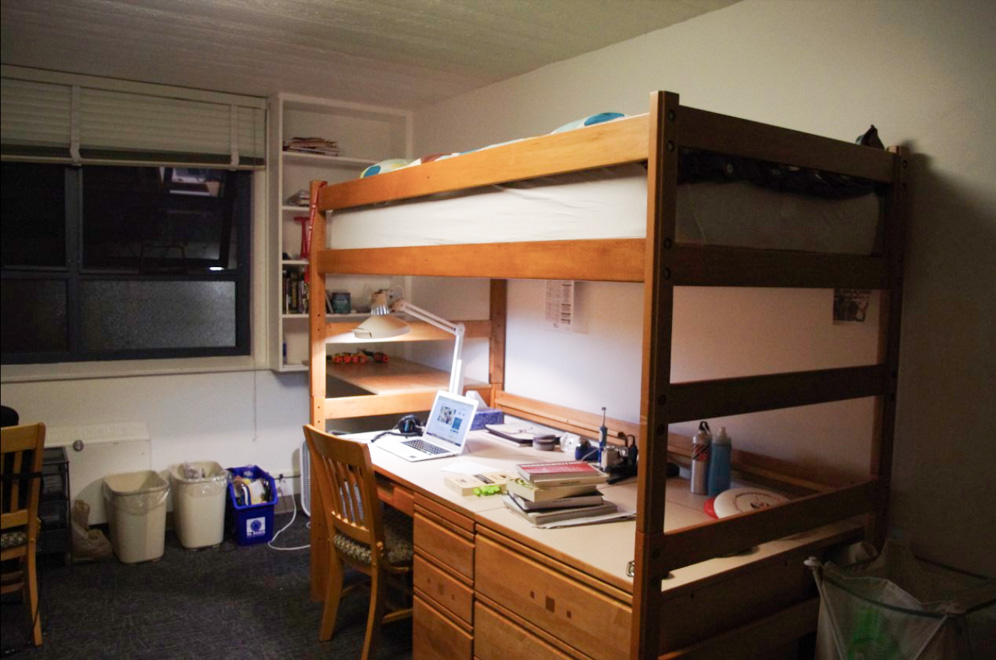While students might think of walking with friends at night or having a bike light when they hear “public safety,” dorm room security is another important aspect of staying safe at Stanford. The Stanford University Department of Public Safety (SUDPS) and Residential and Dining Enterprises (R&DE) offered advice to new and returning students about safety in the dorms.

Representatives of SUDPS spoke about safety to new freshmen and their parents during a presentation for New Student Orientation (NSO).
According to SUDPS spokesman Bill Larson, the department first presented to groups of international students in a session titled “Living Safely at Stanford.” SUDPS also presented to a combined group of students and parents at the NSO Parent Resource Center on Tuesday, Sept. 16.
In an interview with The Daily, Larson elaborated on steps students could take to keep themselves and their dormmates safe. He explained that students should always lock their doors and windows when not in their rooms, take care to prevent strangers from entering their dorms and be aware of their surroundings. He also advised students to keep their valuables out of sight when their doors are open.
“Even if it’s just for a minute…[students] should lock the door every time they leave the room,” Larson said.
Larson urged students to “think of these rooms as apartments, not a bedroom” and said that students should not prop open their doors.
Larson’s other recommendations included buying a laptop lock, getting to know neighbors in order to more easily spot strangers and locking windows when out of the room, especially if you live on the ground floor.
Larson also encouraged students not to lend their keys or IDs to others and not to label them with their dorms or room numbers. Larson explained that although the information might be used to return lost property, putting room numbers on the items could also lead a potential thief back to a student’s room. In addition, Larson said that students who have lost their keys should report the incident immediately.
In a statement to The Daily, Rodger Whitney, executive director of R&DE Student Housing, provided similar advice on security. Whitney added that students should report burned-out exterior lights and improperly locking doors to R&DE. He urged students to submit a “fix-it” request for non-emergency repairs and to contact their local housing front desks for more urgent problems.
Whitney explained that students should know the location of their dorms’ Emergency Assembly Point (EAP) – where students are supposed to assemble following a fire alarm or earthquake – and also provided advice and rules on general fire safety.
“Items with open flames and heat sources, such as candles or camping stoves, for example, are expressly prohibited,” Whitney said.
He also advised students not to arrange furniture in a way that could cause it to fall on a student or block an exit and encouraged students not to use “makeshift shelving (bricks and boards).”
“Be sure glass, framed pictures or heavy objects aren’t placed over your bed,” Whitney said.
Finally, his statement advised students to prepare an emergency kit and take special precautions near construction sites.
Contact Caleb Smith at caleb17 ‘at’ stanford ‘dot’ edu.
